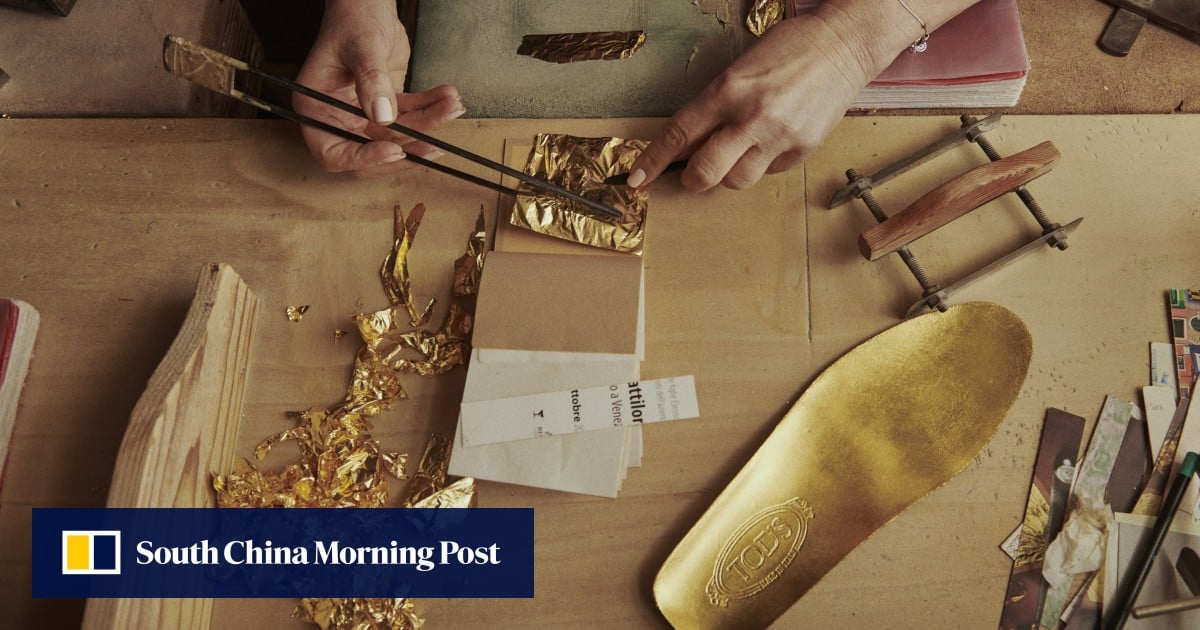Following the invitation-only celebration, “The Art of Craftsmanship” was opened to the public for two days.
At the entrance, an oversized spool conceived by artist Federica Marangoni gave guests a hint of things to come; around it coiled a “wire” of orange neon-lit tubing, which led through the lofty space and culminated in a pendant sculpture of a Gommino sole on an aluminium base.
By following its route, guests passed 11 stations manned by master artisans, all tasked with reinterpreting the classic pebble-sole shoe and the brand through their crafts.
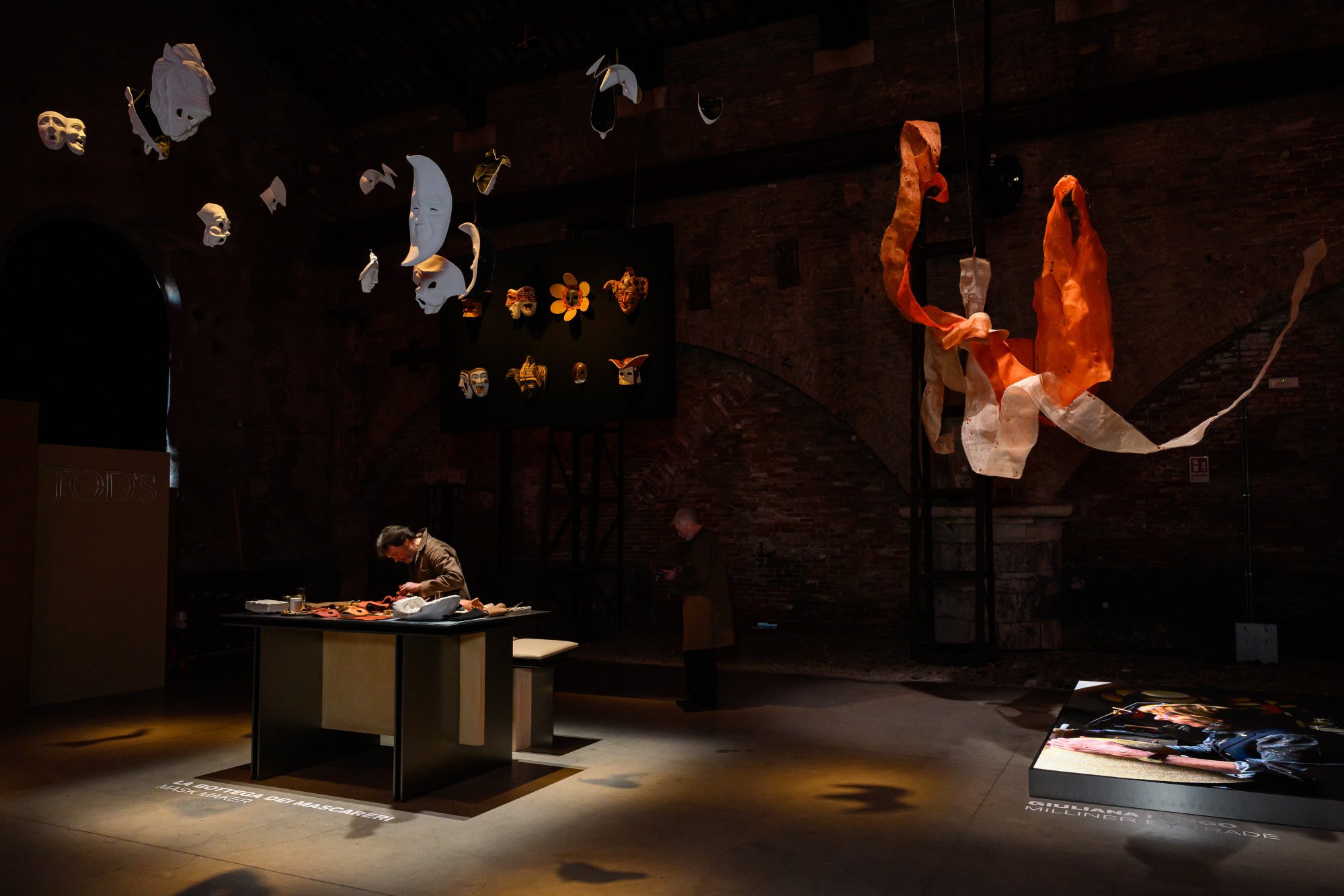
“I’m a big support of artisanal intelligence,” Tod’s Group chief executive Diego Della Valle said with a twinkle in his eye when asked for his thoughts on AI.
“The message for the younger generation is that handicraft is a very noble thing to do,” Della Valle said to journalists before the party began.
“The message is that if you’re a good artisan, you are valuable.”
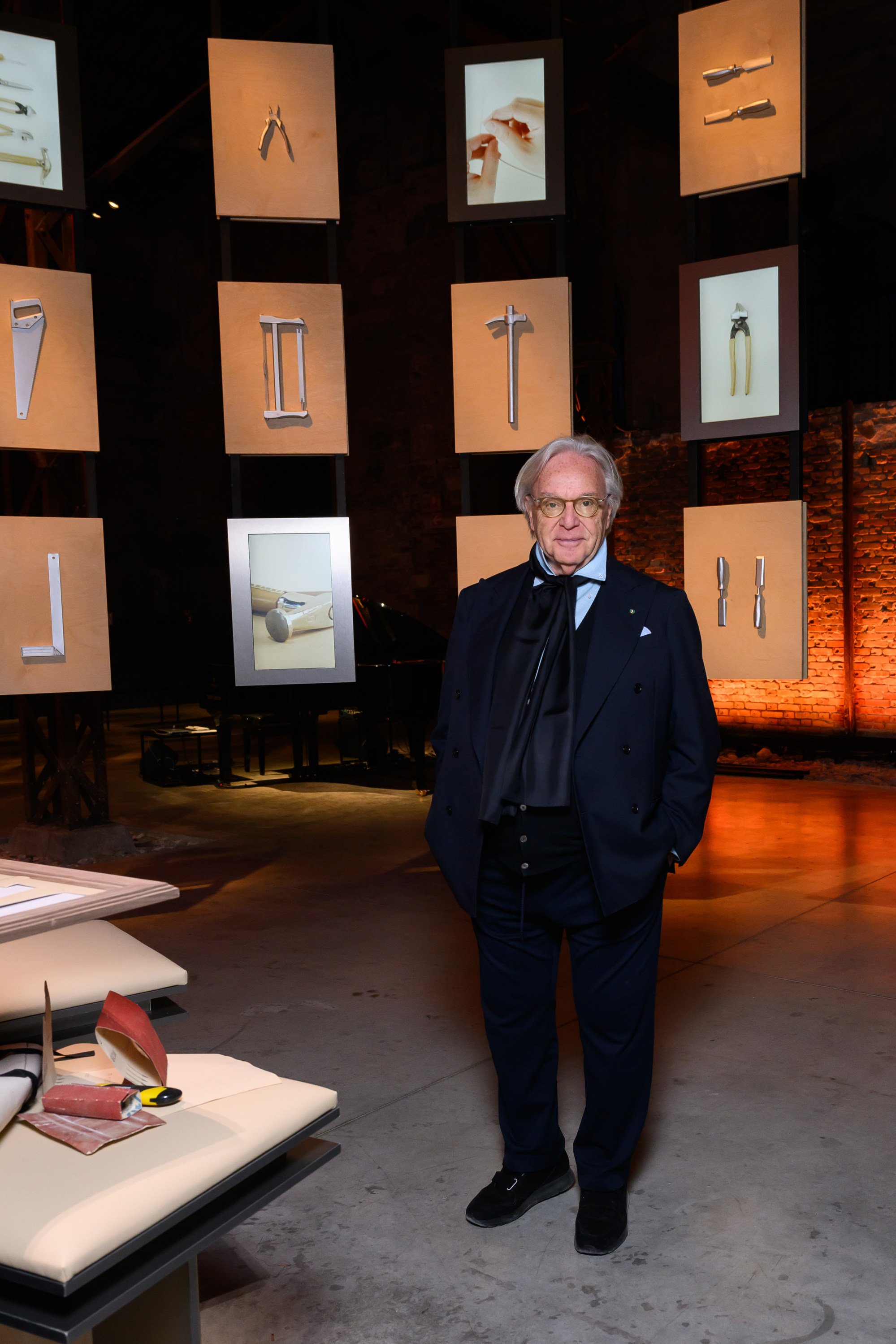
Through the eyes and hands of Della Valle’s hand-picked craft masters, Tod’s Gommino was realised in unexpected forms.
At one station, two Tod’s craftspeople were making Gomminos by hand in two Venice-exclusive colourways: a rich red named after Italian Renaissance painter Titian, and a deep lagoon blue.
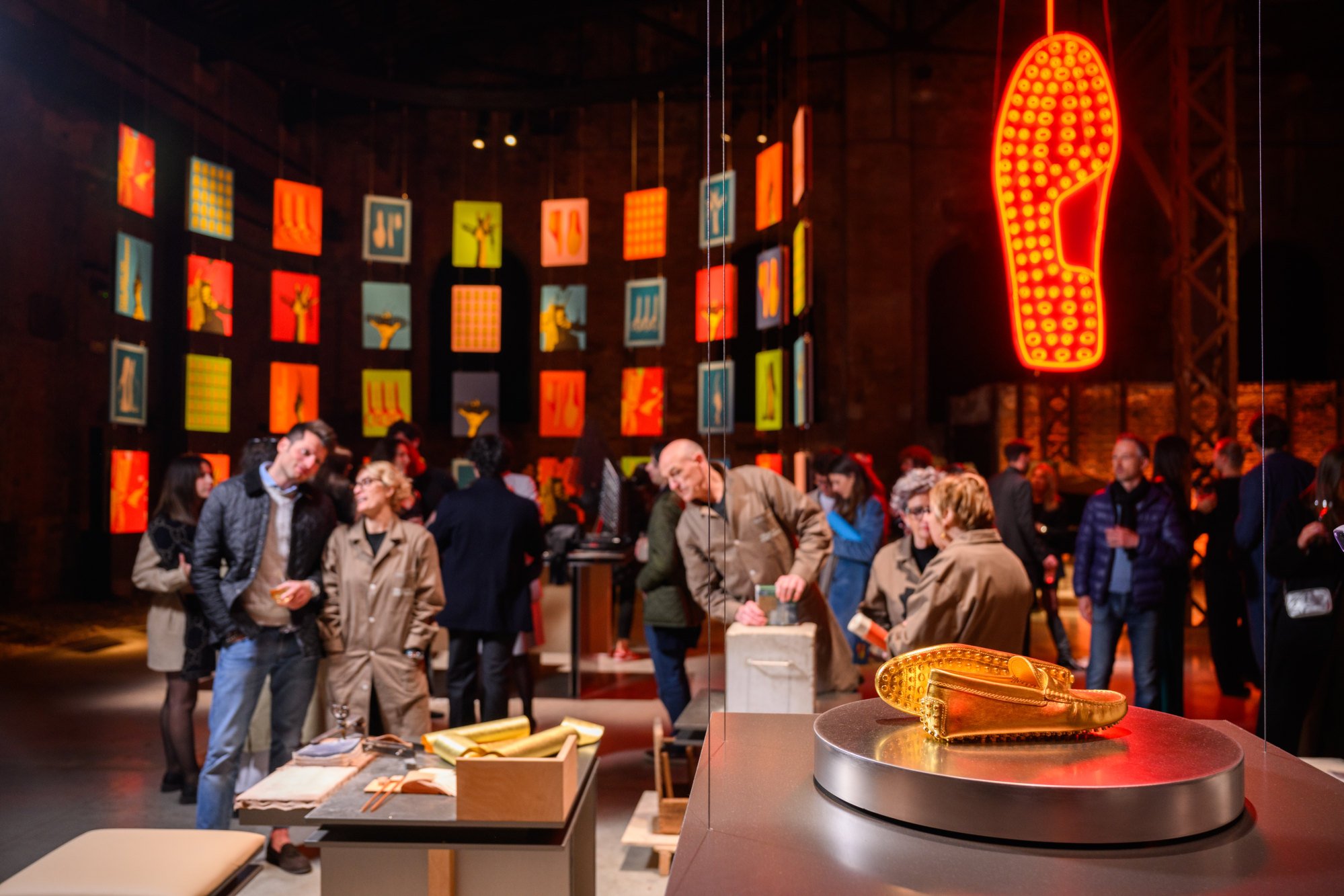
Being chosen to take part in the exhibition was validating for Roberto Beltrami, the youngest master glass blower on Murano, an island in Venice that specialises in the trade, who spent several hours realising a one-of-a-kind, life-size Gommino loafer in canary yellow glass.
“With glass, the overhead is so insane that I don’t get a lot of chances to just play around with the material,” Beltrami, who has worked with the likes of furniture brands Cassina and Roche Bobois and fashion house Bottega Veneta, told the Post.
“So when I get a request for something like this, which is outside the box, it’s so exciting.”
While some attribute the glass industry’s challenges to poor demand, Beltrami sees creative barriers as a greater obstacle.
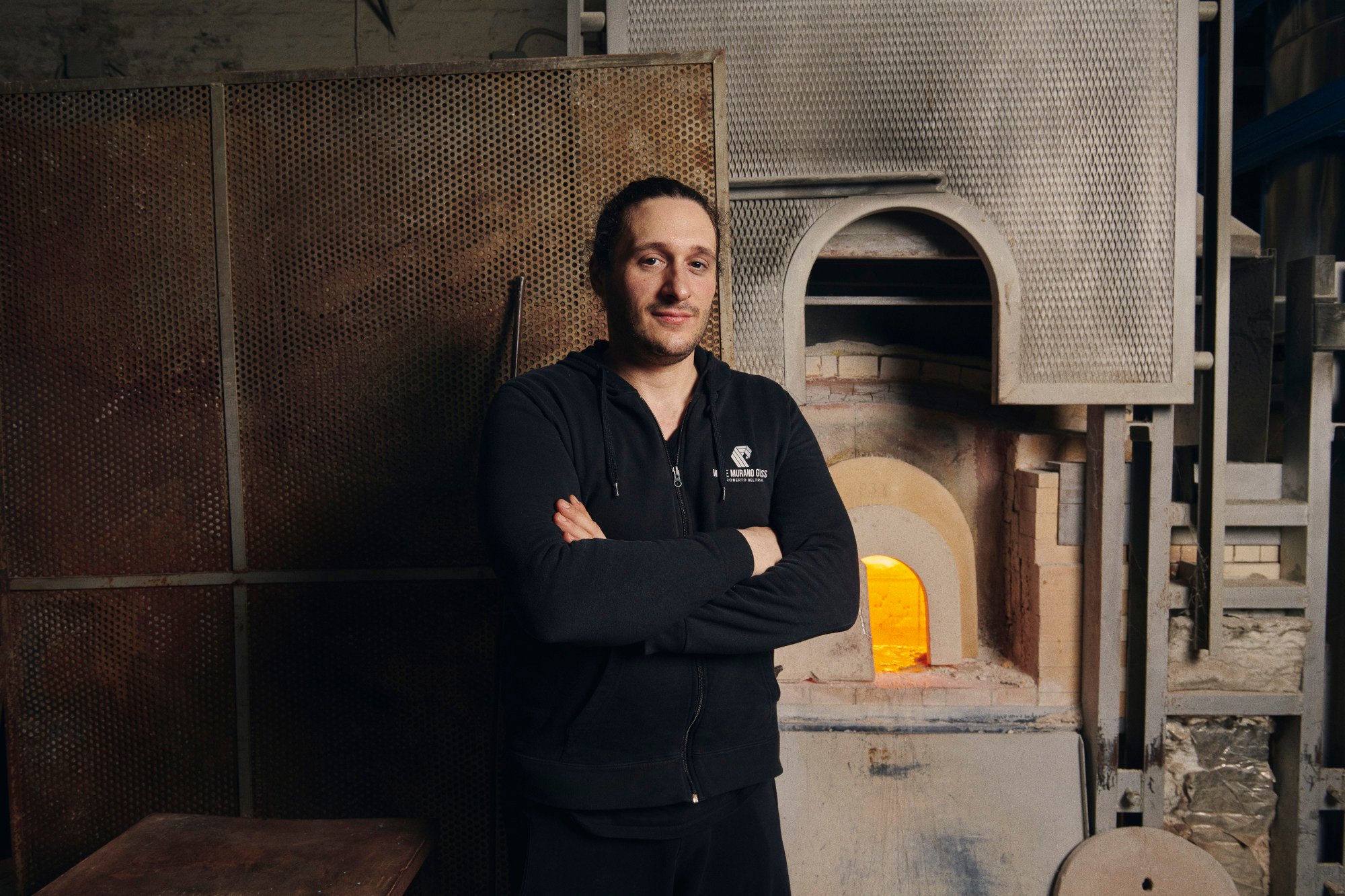
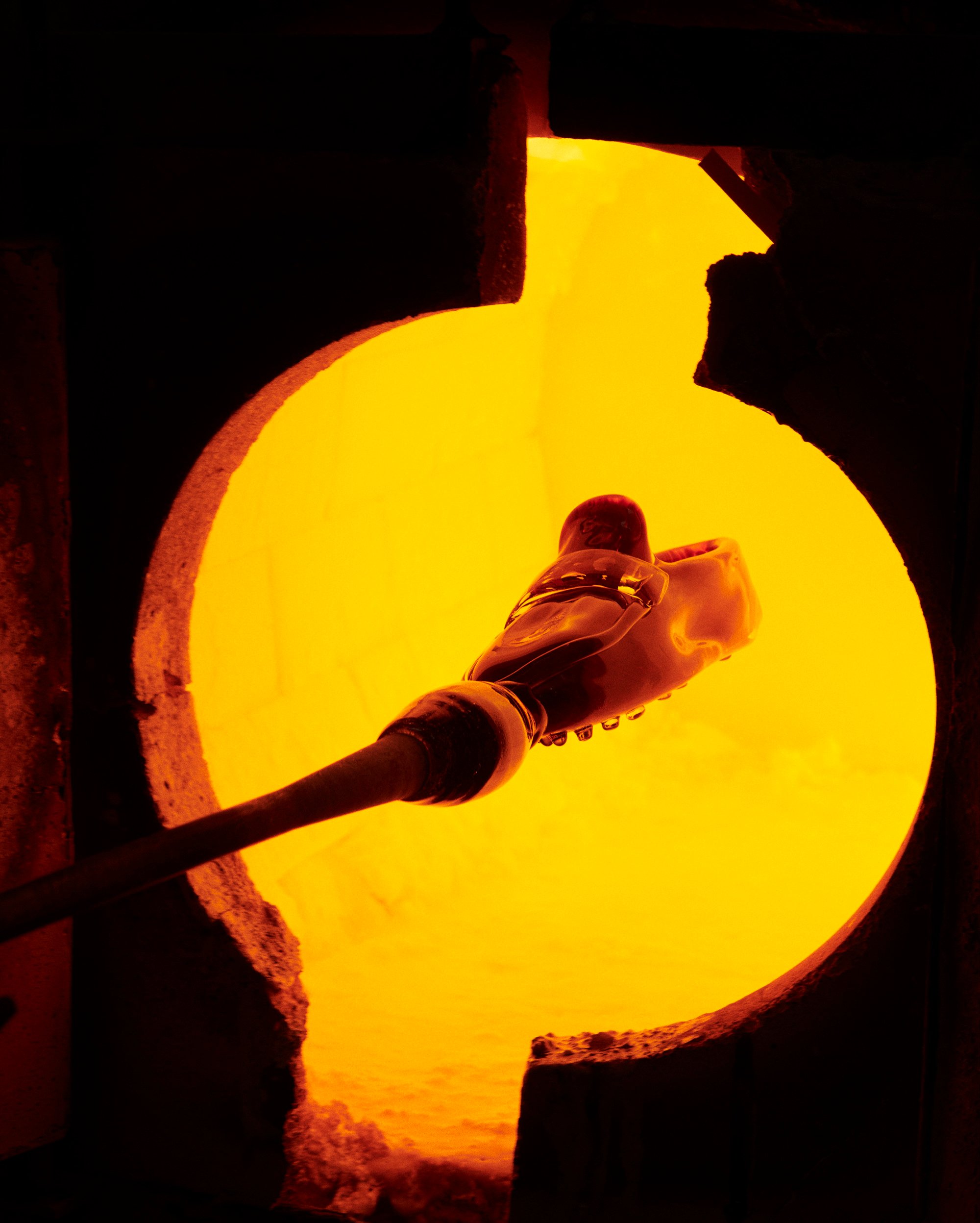
“I think the problem is the closed-mindedness of older generations of artisans, who have a lot of rigid archetypes,” he says. “We have a lot of younger glass blowers in our company, and a lot of women, which is very unusual.
“I think if you can muster up a diverse group of people, that can be a recipe for success – it’s a matter of mindset and opening up to the market.”
Indeed, colouring outside the lines was a common theme for the craftsmen and -women, all of whom reimagined the Gommino using their own visual and technical lexicons.

Di Gennaro met Mesdagh at a mosaic school in Friuli, northeast Italy – the only institution in the world where students can attain the title of master mosaicist – and their relatively young practice is among Italy’s small cohort of mosaic studios.
Because of this, they are busy with commissions – from micro-mosaics and portraits to pieces for floors and walls – and draw from a variety of Greek, Roman and Byzantine techniques depending on the project.
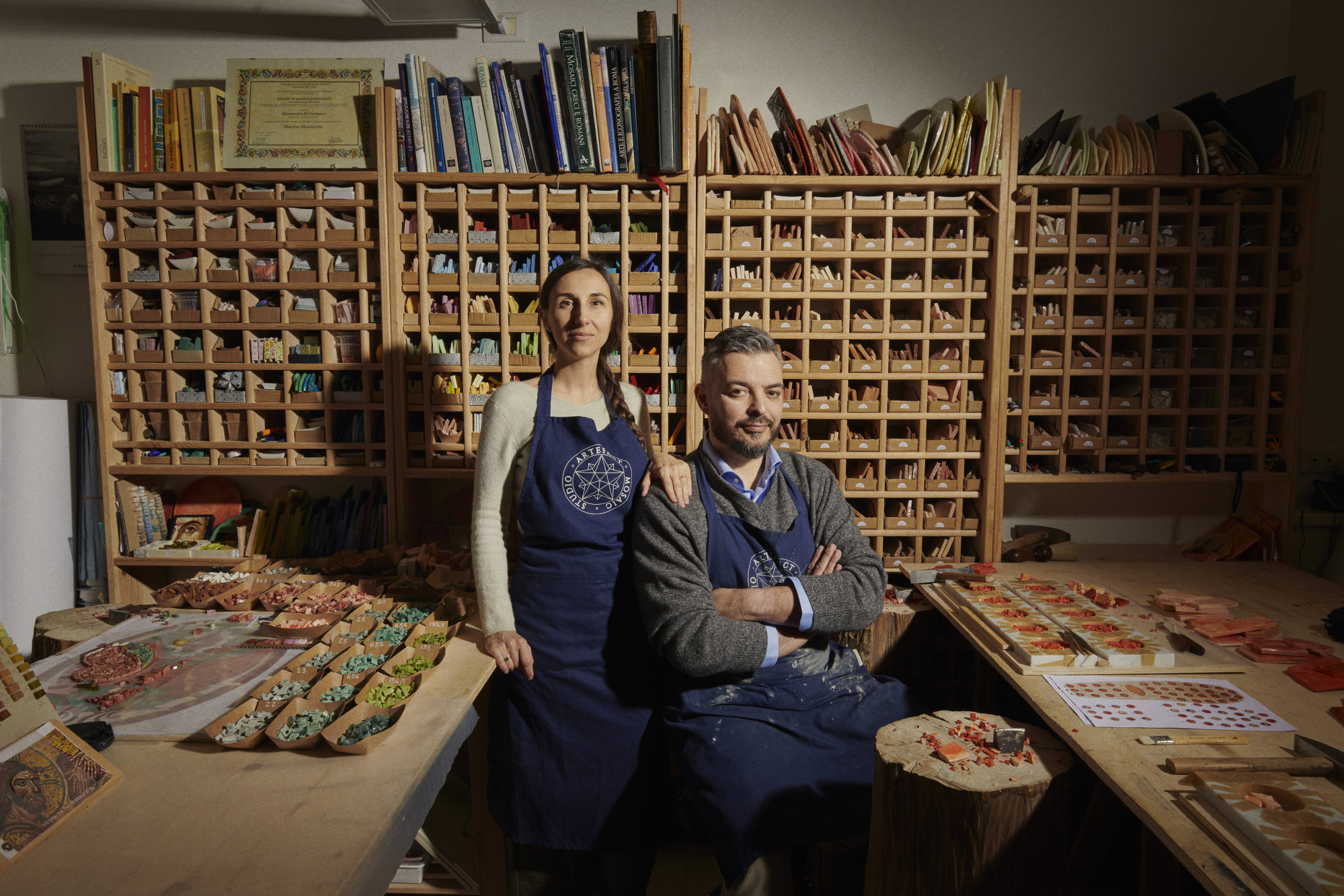
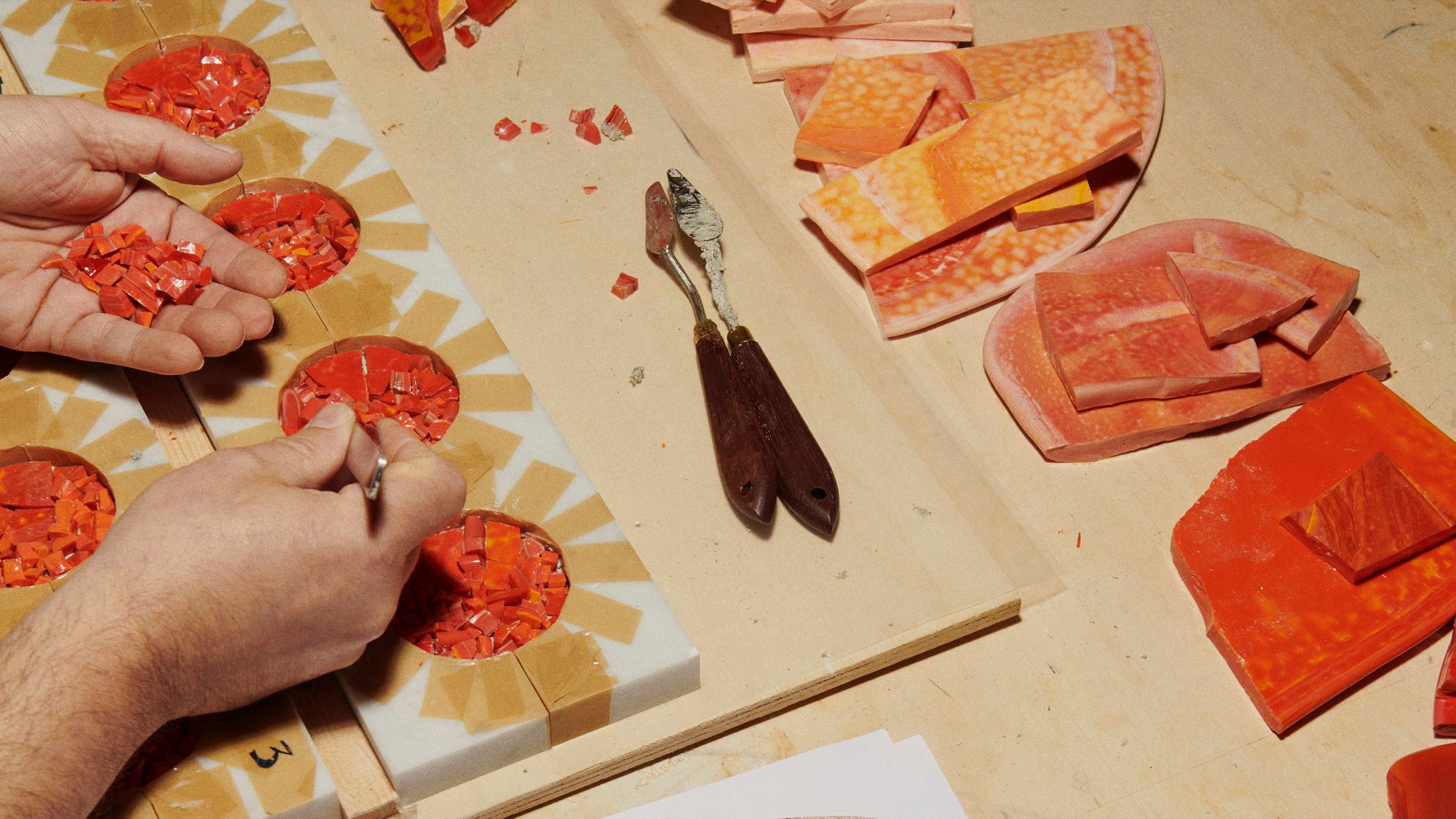
Like Beltrami, Di Gennaro and Mesdagh are adapting their craft amid a changing world. Take marble, which Artefact uses alongside Murano glass: a Belgian cave known for being a natural source of pure black marble has been depleted, so the duo no longer has access to the colour for their mosaics. Still, the show must go on.
“That’s why we try not to waste anything – we even keep the splinters from previous works,” Di Gennaro says.
“This technique is something special, it comes from the past, and we go on interpreting it in a contemporary way,” she adds.
“But the fact is that it takes so much time and so we are running against time. That’s why there aren’t so many of us any more, but we do it with passion.”

